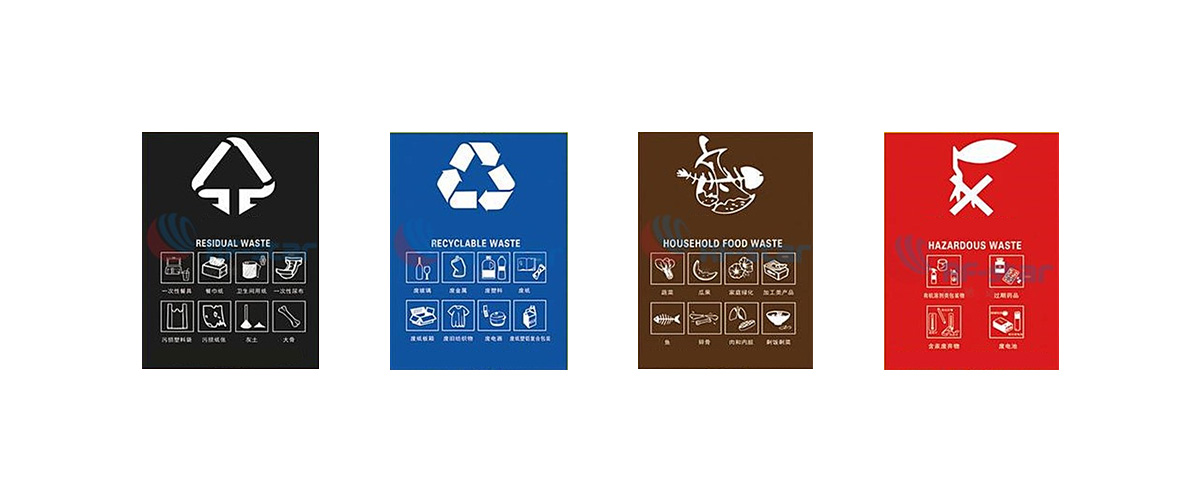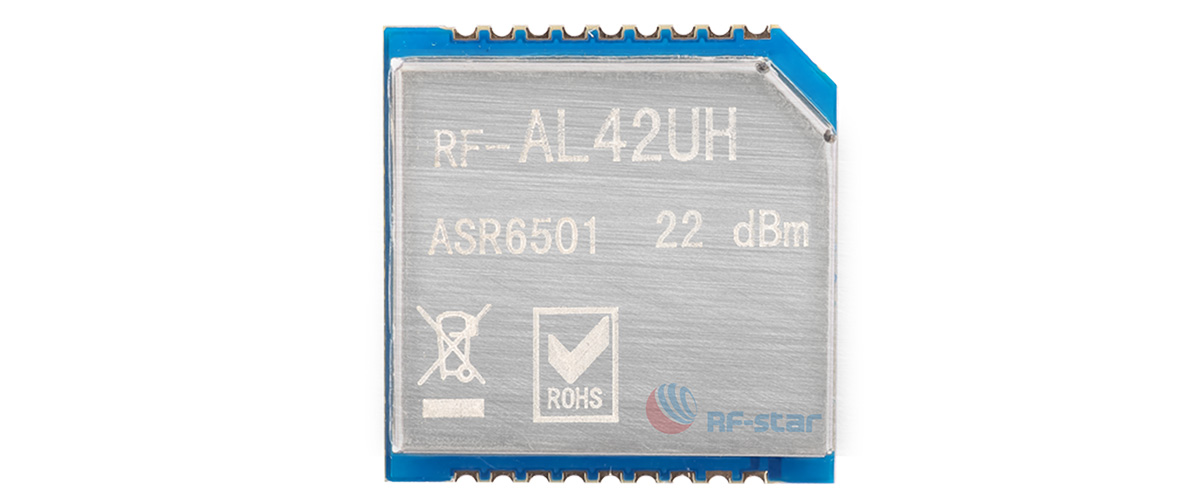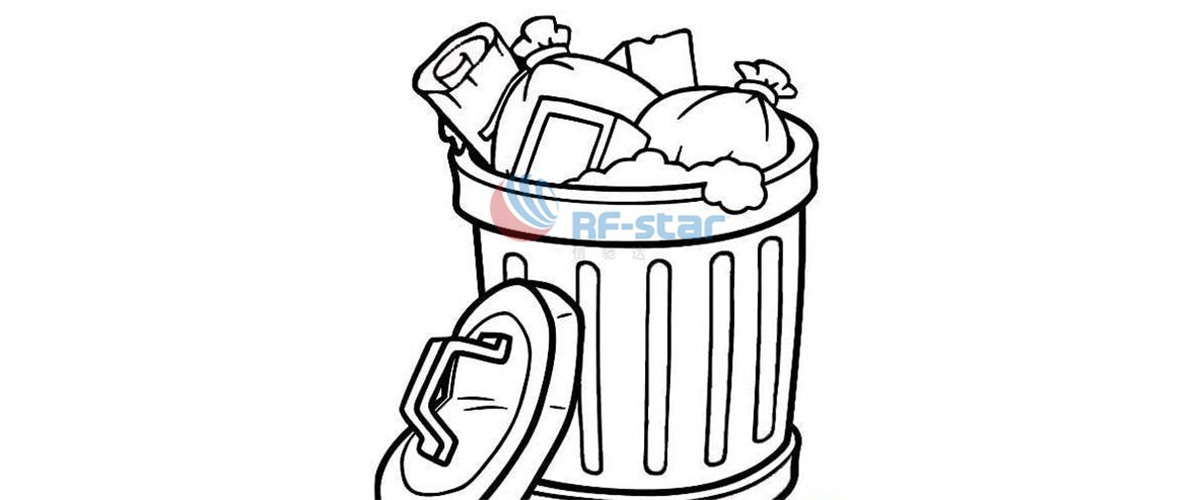Le 1er juillet 2019, la réglementation tant attendue de la municipalité de Shanghai sur la gestion des déchets domestiques a été officiellement mise en œuvre, et la « classification des déchets » a été intégrée au cadre juridique en Chine. D'ici la fin de 2020, les 46 villes clés de la zone pilote auront essentiellement achevé le système de classification et de traitement des déchets, et d'ici 2025, les villes au niveau de la préfecture et au-dessus auront essentiellement achevé le système de classification et de traitement des déchets.
La classification des ordures va devenir un enjeu majeur dans la gestion sanitaire des grandes villes chinoises. Face à une gestion de plus en plus standardisée de la classification des déchets, des solutions efficaces de classification des déchets sont nécessaires de toute urgence sur le marché pour répondre aux énormes besoins de gestion des déchets à l'avenir.
La classification des ordures est un maillon complet de la chaîne, qui implique la livraison classée, la collecte classée, le transport classé et l'élimination classée. Il n'y a aucun lien à manquer. La classification des déchets est étroitement liée à la vie quotidienne de chacun, alors que la Chine compte 1,4 milliard d'habitants. L'énorme quantité de déchets signifie qu'un grand nombre de poubelles sont nécessaires pour la classification et le transport.
Dans le système de classification des déchets, l' industrie de l'Internet des objetsjoue discrètement un rôle. L'application de l'Internet des objets permet à la fonction intelligente de tri et de recyclage des déchets de classer, d'analyser, de suivre et de traiter avec précision toutes sortes de déchets.
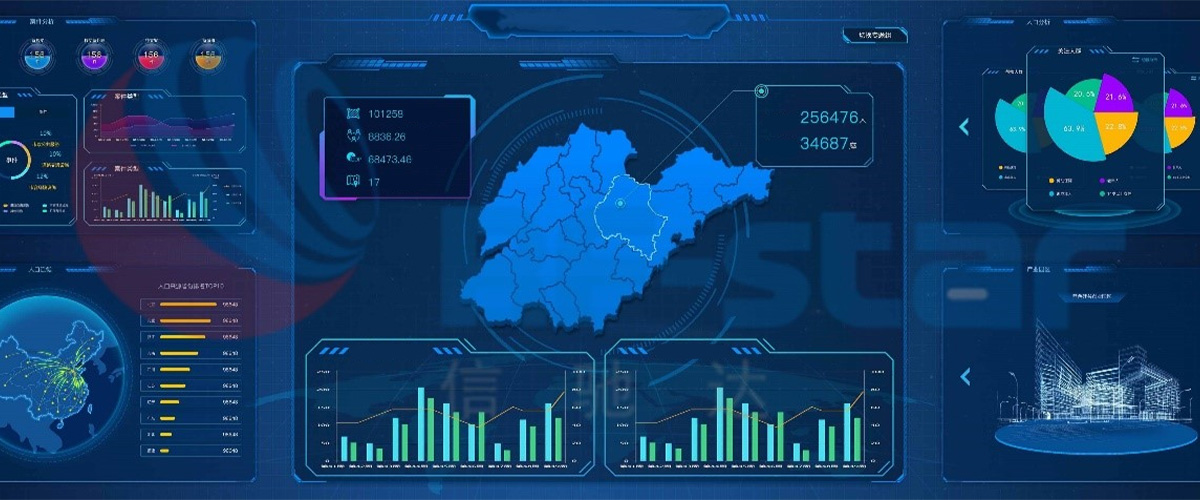
La gestion traditionnelle des déchets du réseau repose principalement sur le coût humain, qui présente des problèmes de coût de rapidité élevé, de faible efficacité d'élimination des problèmes et de mode de planification globale de construction faible. La classification normalisée des déchets a un besoin urgent de soutenir les solutions de classification des déchets. À l'heure actuelle, l'Internet des objets basse consommation lorawan basé sur la technologie Lora est le plus adapté aux applications de classification intelligente des déchets. La solution appliquée à la classification des déchets a ses exigences particulières : grande quantité de connexion, faible fréquence de communication, faible consommation d'énergie, environnement de couverture complexe, sensibilité aux coûts élevés .
The RF-AL42UH module based on Lora technology and ASR6501 is particularly suitable for waste classification solutions.
The garbage can be equipped with a light sensor to monitor whether the capacity of the garbage can is full in real time. A smoke alarm can be installed to monitor the ignition of the garbage can. Sensors send data to Lora terminals or modules. Lora communication is transmitted to Lora gateway thousands of meters away through low-power Lora network. The gateway then transmits the data to the cloud. The cloud reanalyzes the sensor data. Garbage managers can more intuitively understand the filling status of each garbage can in their jurisdiction, and plan the best recycling route for clean vehicles.
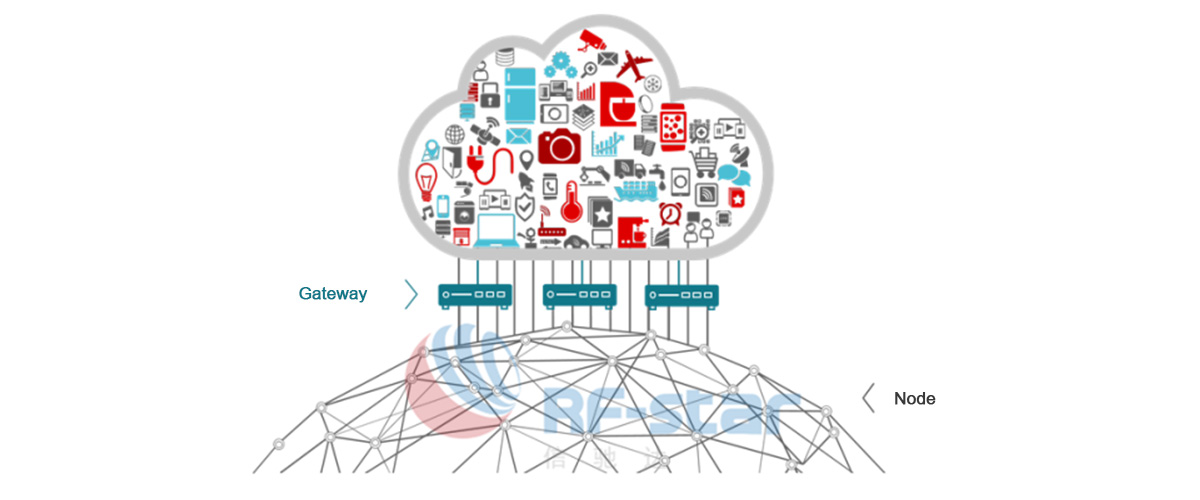
RF-AL42UH module based on Lora technology has a wide application prospect in garbage classification with excellent performance and flexible networking form. In the daily life scene of garbage classification, the garbage cans need to collect some key data in real time, such as the weight of garbage cans, the times of garbage dropping, the accuracy rate of automatic recognition dropping, etc.
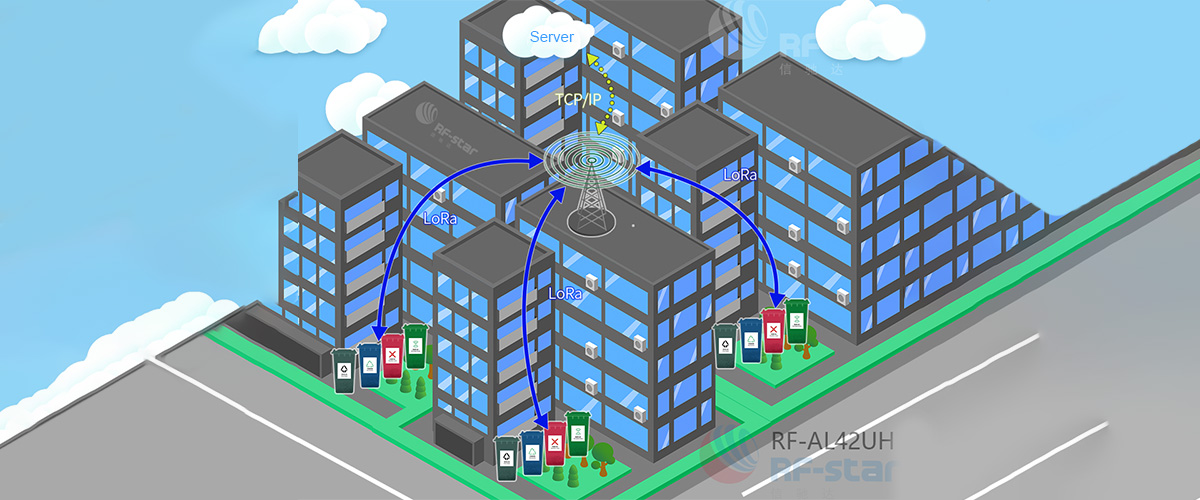
Because the location of terminal equipment such as garbage can often change, the unified data specification and algorithm based on Lora technology makes the standardized service solution using asr6501 module have longer vitality.
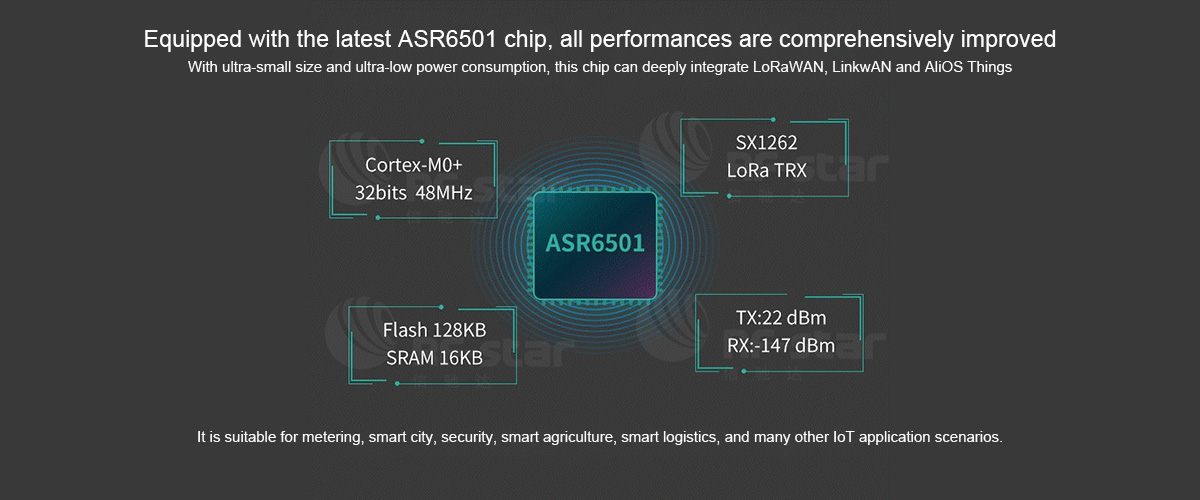
A large number of garbage cans cause a lot of trouble in the process of garbage classification and recycling. Currently, garbage cans are in non-intelligent state. Relevant environmental sanitation personnel need to regularly check whether the garbage cans are full.
Sometimes there is only a small amount of garbage in the garbage can, and the sanitation personnel need to waste time to patrol several times. According to the trend of garbage classification and promotion, the garbage dropping point will be basically unattended in the future, and it will be difficult for the dropping personnel to carry out manual monitoring on all garbage cans.
The intelligent garbage can with RF-AL42UH module will replace the traditional garbage can, and use the intelligent operation platform and Lora technology to manage the garbage can systematically and intelligently, and connect the garbage cans distributed in all parts of the city into an organic whole.
The environmental sanitation staff have a comprehensive understanding of the garbage storage and transportation needs in the city, and effectively improve the efficiency of urban environmental sanitation work. For many regions, with a large area and a small population, this functional advantage will be particularly obvious.
It is believed that the RF-AL42UH module based on asr6501 and Lora technology will help the effective promotion and implementation of waste classification policy, and make a beneficial contribution to China's environmental protection and sustainable development.
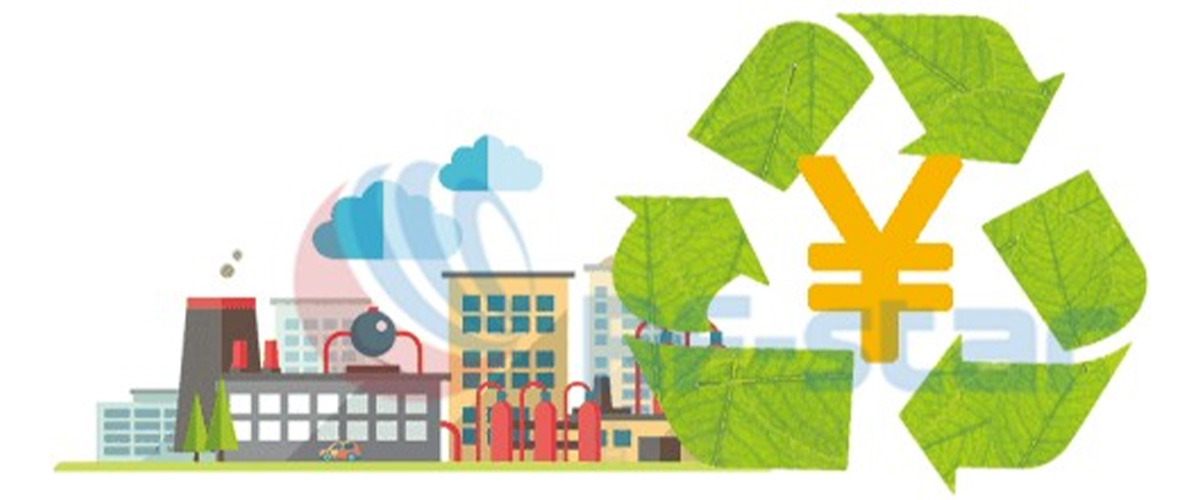
If you want to know more information or purchase the samples of RF0AL42UH Module, please feel free to contact us at info@szrfstar.com.
